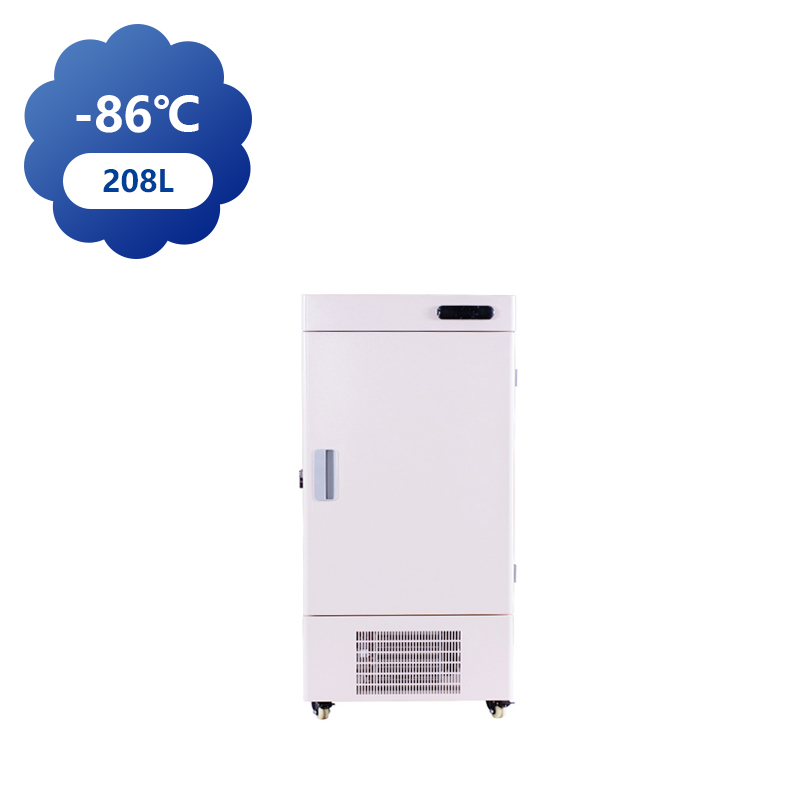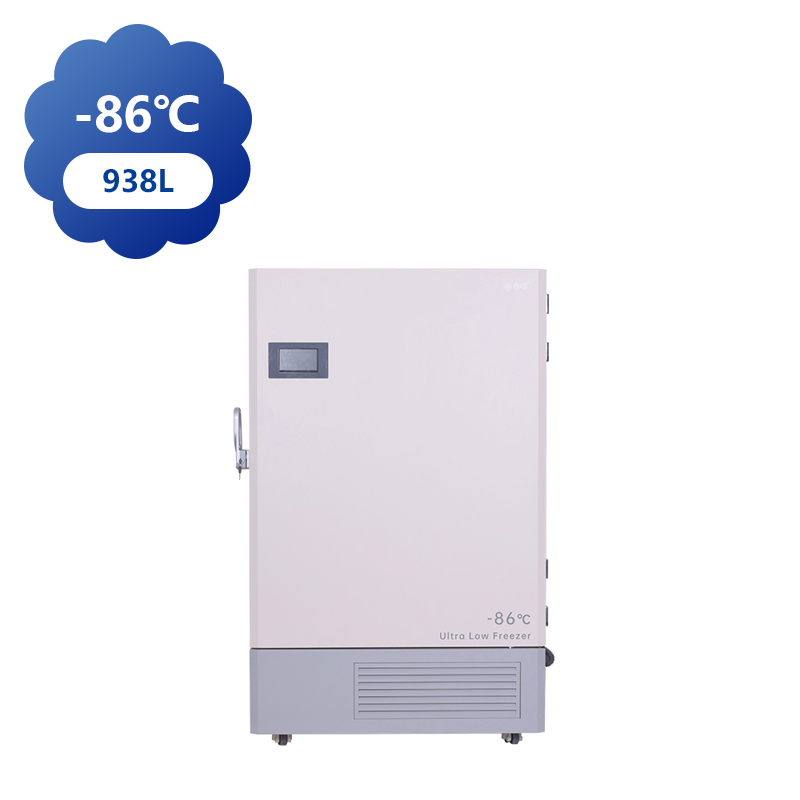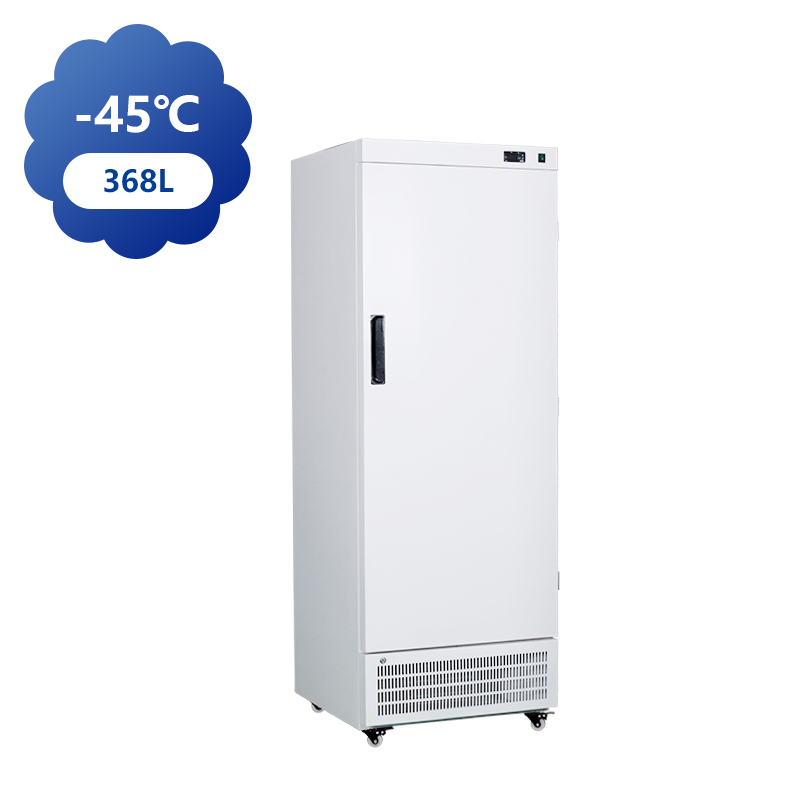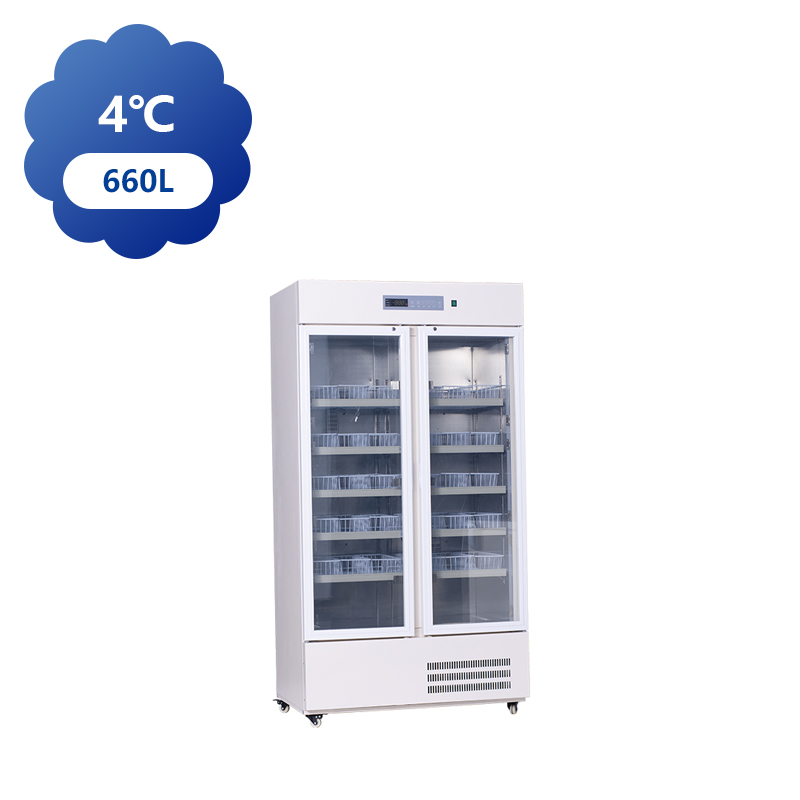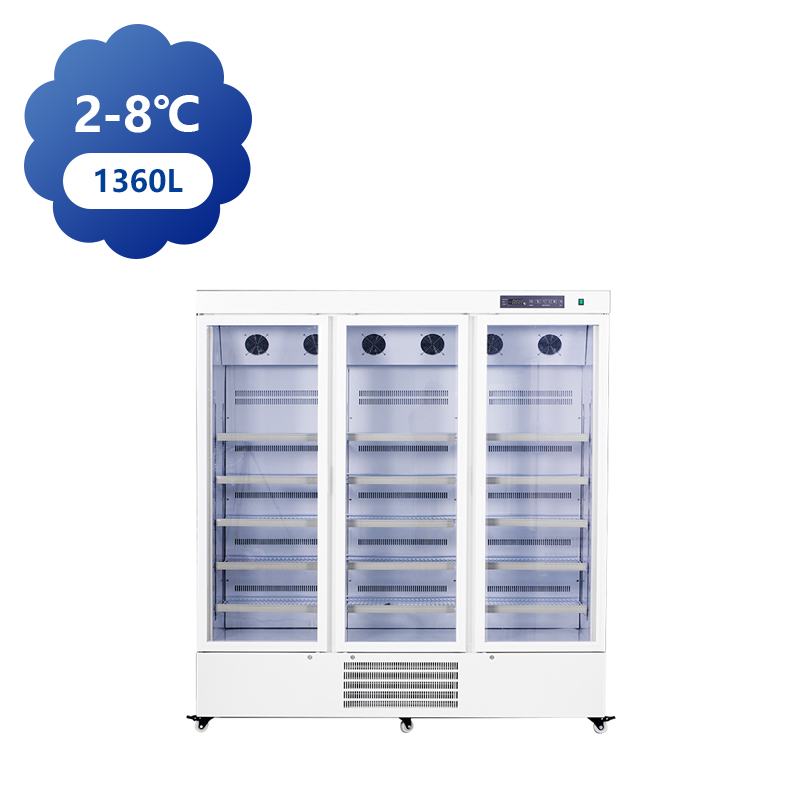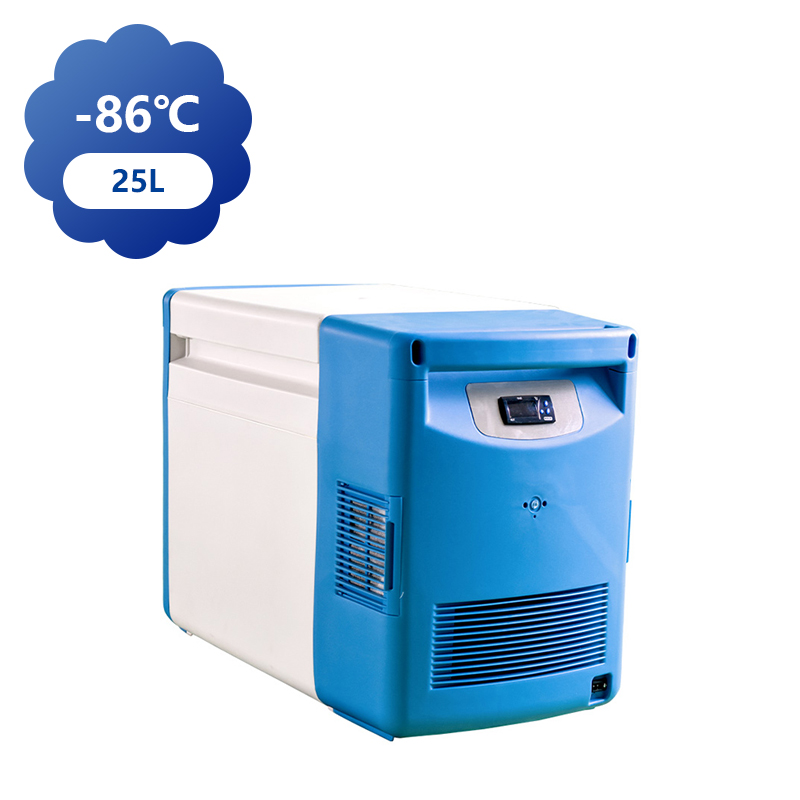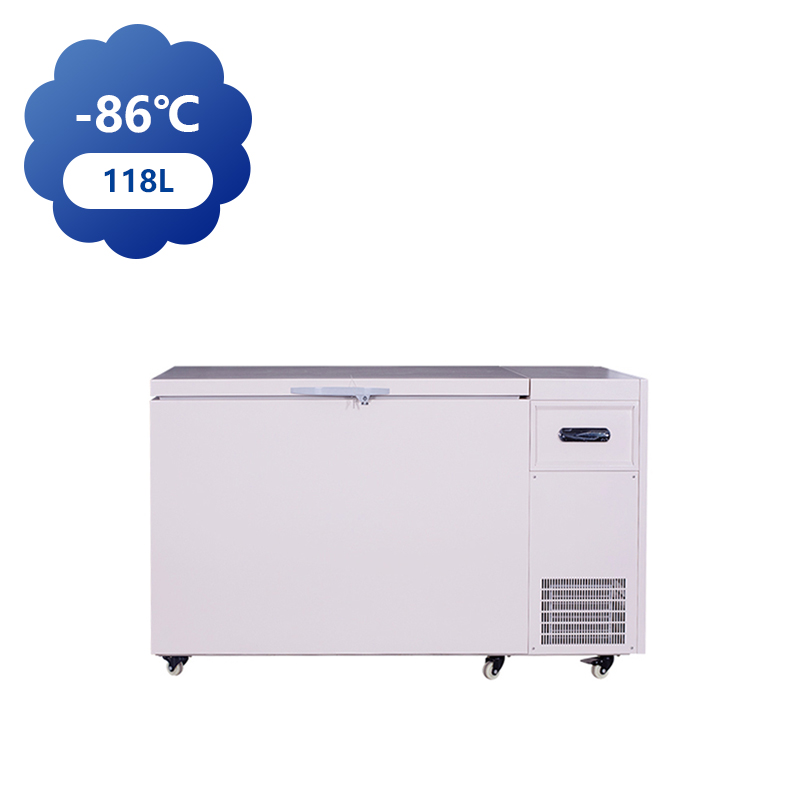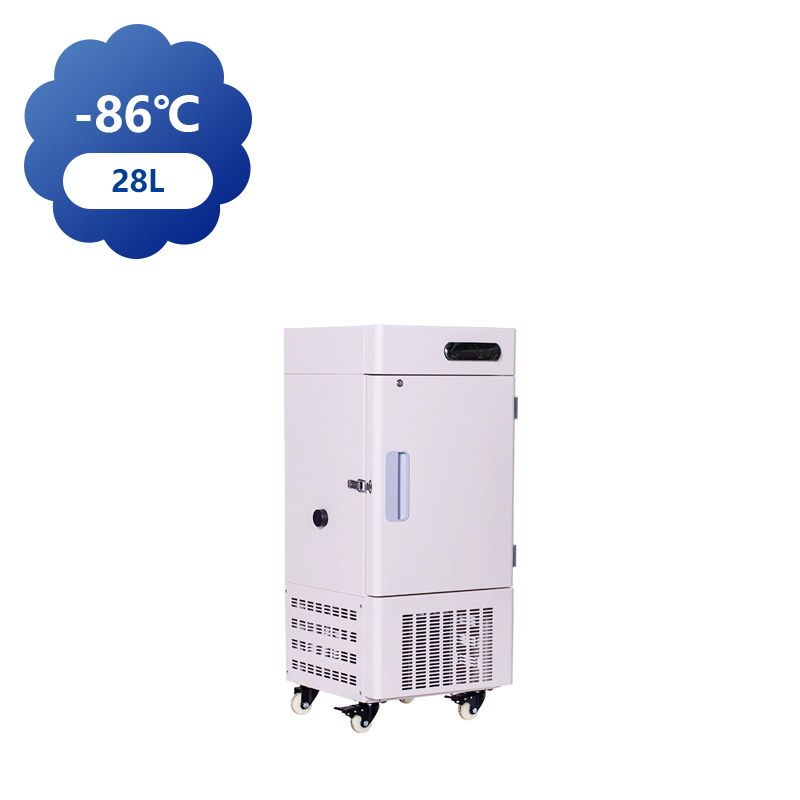You can contact to me using this form.
1. Precise Temperature Control
One of the key benefits of the Ultra Low Deep Cold Lab Chest Freezer is its ability to maintain low and precise temperatures. For biological samples such as enzymes, proteins, DNA, and RNA, maintaining a stable, ultra-low temperature is essential to prevent degradation or denaturation. The Ultra Low Deep Cold Lab Chest Freezer ensures that materials remain in a frozen state, preserving their integrity for long-term storage. This is particularly critical in industries like genomics, proteomics, and vaccine storage, where even small temperature fluctuations can bring about the loss of valuable samples.
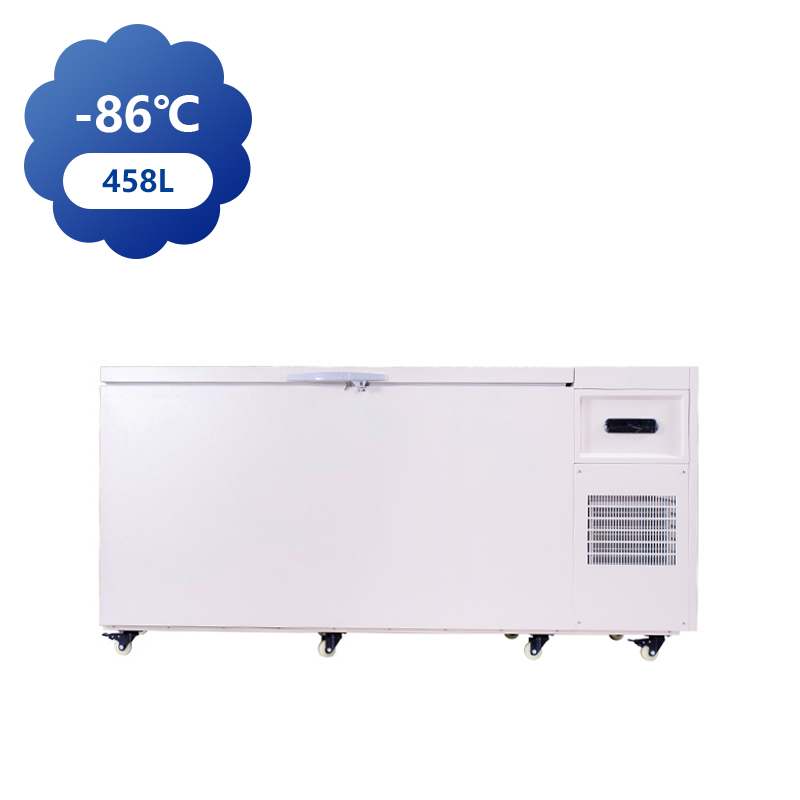
2. Large Storage Capacity
The design of the Ultra Low Deep Cold Lab Chest Freezer typically offers a larger storage capacity compared to upright freezers. This makes it an choice for labs, hospitals, and research facilities that need to store significant volumes of samples. The chest freezer's horizontal layout maximizes available space, allowing for more flexible organization. With its ability to store large quantities of biological materials, the Ultra Low Deep Cold Lab Chest Freezer becomes a reliable option for long-term sample storage, especially when managing large inventories of materials that need to be kept at low temperatures.
3. Energy Efficiency
Despite their advanced cooling capabilities, Ultra Low Deep Cold Lab Chest Freezers are generally designed to be energy-efficient. Modern models are equipped with advanced insulation materials and improved cooling systems that minimize energy consumption. These freezers are often built to handle the continuous operation required in laboratory settings without excessive energy waste. For institutions that rely on these freezers for long-term storage, such as hospitals and research centers, the reduced energy consumption can result in significant cost savings over time.
Disadvantages of Ultra Low Deep Cold Lab Chest Freezer
1. High Initial Cost
One of the primary disadvantages of the Ultra Low Deep Cold Lab Chest Freezer is its high upfront cost. The advanced technology, robust construction, and precision cooling mechanisms that make these freezers effective also contribute to their expense. For smaller labs or research facilities with limited budgets, the initial investment in an Ultra Low Deep Cold Lab Chest Freezer can be a significant barrier. While the long-term benefits, such as energy efficiency and durability, may justify the cost, the high initial price can be prohibitive for some organizations.
2. Large Footprint
While the Ultra Low Deep Cold Lab Chest Freezer offers ample storage capacity, its physical size can also be a disadvantage. These units tend to have a large footprint, requiring significant floor space in a laboratory or medical facility. For institutions with limited space, fitting a large chest freezer may not be practical. In contrast to upright models, which offer vertical storage, the horizontal design of chest freezers means they take up more space on the floor, which could limit the overall storage capacity of a facility.
3. Inconvenient Access to Items
The design of the Ultra Low Deep Cold Lab Chest Freezer, while beneficial in terms of storage capacity, can present challenges when it comes to accessing stored materials. The chest freezer requires users to bend down to retrieve items, which can be physically taxing, especially when dealing with large quantities of samples. This can be particularly inconvenient in high-volume labs where materials are frequently accessed. Although some models are designed with adjustable baskets or shelving to improve organization, accessing deep storage areas may still be cumbersome and time-consuming.
4. Temperature Recovery Time
When the door of an Ultra Low Deep Cold Lab Chest Freezer is opened, the internal temperature can rise rapidly due to the influx of warmer air. While modern models have mechanisms to quickly restore the temperature, this recovery time can still pose a problem in critical situations. Laboratories that require frequent access to stored materials may experience fluctuations in temperature, which could affect the stability of sensitive samples. It is essential for users to minimize the frequency and duration of door openings to mitigate this issue, but it remains a limitation of the freezer's design.



 中文简体
中文简体 English
English Français
Français عربى
عربى +86-15988502726(wechat)
+86-15988502726(wechat)